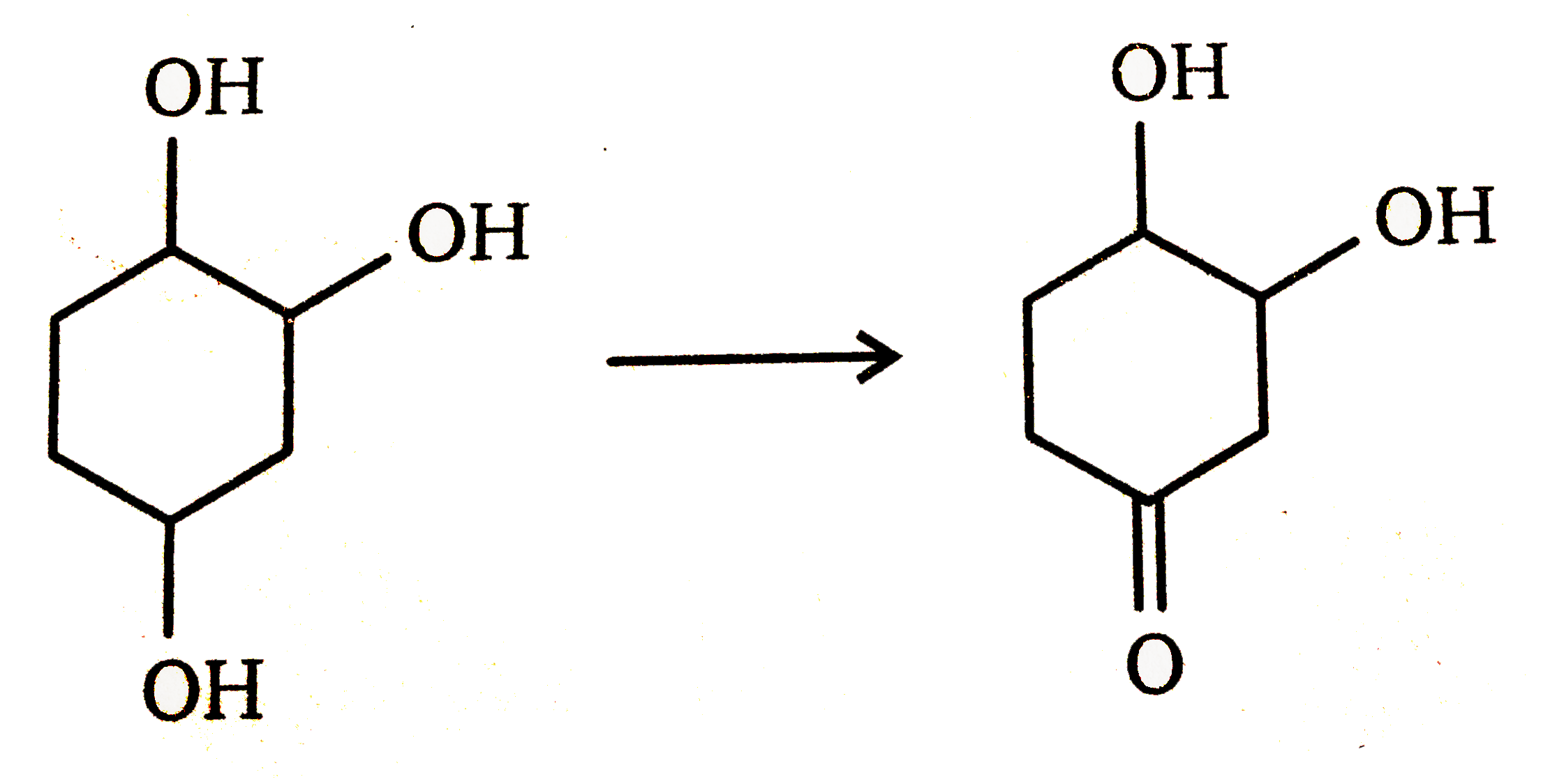Parthenocarpy in tomatoes can be achieved by:
Cytokinin
Auxins
ABA
Zeatin
The correct Answer is:B
Step-by-Step Solution:
1. Understanding Parthenocarpy: Parthenocarpy is the process of fruit development without fertilization. This means that fruits can develop and mature without the need for seeds.
2. Identifying the Role of Hormones: To achieve parthenocarpy in tomatoes, specific plant hormones can be utilized. We need to analyze the given options to determine which hormone is effective for inducing parthenocarpy.
3. Evaluating the Options:
- Cytokinin: This hormone is involved in cell division and growth but does not directly induce parthenocarpy.
- Oxygen: While oxygen is essential for various metabolic processes, it is not a hormone and does not induce parthenocarpy.
- Abscisic Acid: This hormone primarily acts as a growth inhibitor and is involved in processes like stomatal closure and dormancy, making it unsuitable for inducing parthenocarpy.
- Zeatin: This is a type of cytokinin that also stimulates cell division, similar to cytokinin, and does not directly induce parthenocarpy.
4. Identifying the Correct Answer: Among the options provided, the one that directly relates to the induction of parthenocarpy in tomatoes is not explicitly mentioned in the options. However, the video transcript indicates that the second option, which is related to the production of parthenol (a compound associated with parthenocarpy), is the most relevant.
5. Conclusion: The correct answer for achieving parthenocarpy in tomatoes is through the use of hormones that promote the process, and the most suitable option from the given choices is related to the production of parthenol.
Final Answer: Parthenocarpy in tomatoes can be achieved by the hormone that promotes the production of parthenol.
---
- Cytokinin: This hormone is involved in cell division and growth but does not directly induce parthenocarpy.
- Oxygen: While oxygen is essential for various metabolic processes, it is not a hormone and does not induce parthenocarpy.
- Abscisic Acid: This hormone primarily acts as a growth inhibitor and is involved in processes like stomatal closure and dormancy, making it unsuitable for inducing parthenocarpy.
- Zeatin: This is a type of cytokinin that also stimulates cell division, similar to cytokinin, and does not directly induce parthenocarpy.
Topper's Solved these Questions
- BOOK - PHYSICS WALLAHCHAPTER - PLANT GROWTH AND DEVELOPMENTEXERCISE - LEVEL-229videos
PLANT GROWTH AND DEVELOPMENT
- BOOK - PHYSICS WALLAHCHAPTER - PLANT GROWTH AND DEVELOPMENTEXERCISE - NEET PAST 10 YEARS QUESTIONS17videos
PLANT GROWTH AND DEVELOPMENT
- BOOK - PHYSICS WALLAHCHAPTER - PHOTOSYNTHESIS IN HIGHER PLANTS EXERCISE - NEET PAST 10 YEARS QUESTIONS23videos
PHOTOSYNTHESIS IN HIGHER PLANTS
- BOOK - PHYSICS WALLAHCHAPTER - PLANT KINGDOMEXERCISE - NEET PAST 10 YEARS QUESTIONS36videos
PLANT KINGDOM
Similar Questions
Knowledge Check
- Question 1 - Select One
Parthenocarpic tomato fruits can be produced by
ATreating the plant with phenyl mercuric acetateBRemoving androecium of flowers before pollen grains are releasedCTreating the plants with low concentrations of gibberellic acid and auxinsDRaising the plants from vernalized seeds - Question 2 - Select One
Parthenocarpic tomato fruits can be produced by
ARaising the plants from vernalised seeds,BTreating the plants with phenol mercuric acetate,CRemoving androecium of flowers before pollen grains are released,DTreating the plants with low concentrations of gibberellic acid and auxins. - Question 3 - Select One
Parthenocarpic tomato fruites can be produced by
ARasing the plants from vernlized seedsBTreating the plants with phenylmercuric acreteCRemoving androecium of flowers before pollen grains are releasedDTreating the plants eith low concentrations of gibberellic acid and auxins


 this conversion can be achieved by
this conversion can be achieved by
 , This conversion can be achieved by:
, This conversion can be achieved by: